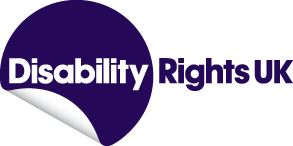Cost benefits of home adaptations for young people with Autistic Spectrum Disorders
News
A small scale pilot study finds very significant costs savings result from home adaptations for young people with Autistic Spectrum Disorders but are hampered by ‘integration difficulties’.
Read full report - Disabled Children and the Cost Effectiveness of Home Adaptations & Disabled Facilities Grants: a Small Scale Pilot Study
Findings included:
- The principal cost impacts were that the adaptations had avoided the need for the young people to be ‘accommodated’ ie to become ‘Looked After Children’ (LAC);
- In the study sample it appeared that an investment in housing adaptations amounting to £300,000 had avoided social services expenditure of about £1.5 million (ie a five-fold return on the investment);
- The study identified (but did not quantify) other substantial well-being benefits deriving from the adaptations – for the disabled person and their family (particularly their siblings);
- The research identified significant problems for local authority staff trying to facilitate adaptations, as the work is generally funded from housing budgets but with the consequent savings evident in social services and NHS budgets. The research suggests that increased funding earmarked for home adaptations (channelled through the ‘Better Care Fund’) is unlikely to be of practical benefit for this group of disabled people.
For further information contact:
Professor Luke Clements (project lead) L.J.Clements@leeds.ac.uk
Sorcha McCormack (lead researcher) S.M.McCormack1@leeds.ac.uk
Tim McSharry (Head of Disability and Diversity) tmcdiversitymatters@yahoo.co.uk
David Everatt (Head of Advocacy and Casework) david@everattproperties.co.uk
